The views expressed in our content reflect individual perspectives and do not represent the authoritative views of the Baha'i Faith.
Spend a few minutes scrolling through your favorite news app, and it’s easy to feel overwhelmed by wondering what we can do to end racism in the United States. There are no quick fixes to a problem that the Baha’i writings tell us has caused “grievous and slow-healing wounds.” What’s clear is that we have to be unified and work together to heal this nation and bring about justice — but what does this look like?
Depending on what your family talks about around the dinner table, or how committed your teachers were to teaching the real history of the U.S, you may be familiar with some Black civil rights leaders, pioneers, and activists who dedicated their lives to the advancement of racial unity and justice in this country.
We’re just not told the stories of the white abolitionists and activists who worked side by side with many of those Black heroes.
The Baha’i writings also tell us that when it comes to racism, white people need to “make a supreme effort in their resolve to contribute their share to the solution of this problem.” America has a horrific history of brutal slavery, violence, and continued racial oppression, but that is not our only story. We have another legacy, another tradition.
Lex Musta, a self-described “human amity worker,” works to highlight and honor these untold stories of people who worked ardently for justice. He co-hosts a podcast called “The Other Tradition” with Dr. Richard Thomas, a Baha’i and professor emeritus of history at Michigan State University. Dr. Thomas coined the term “the other tradition” more than 20 years ago to explain that much of the progress and advances made in American race relations result from close, interracial friendships and collaborations. Here are a few of the people whose stories Lex says we should know.
John Brown
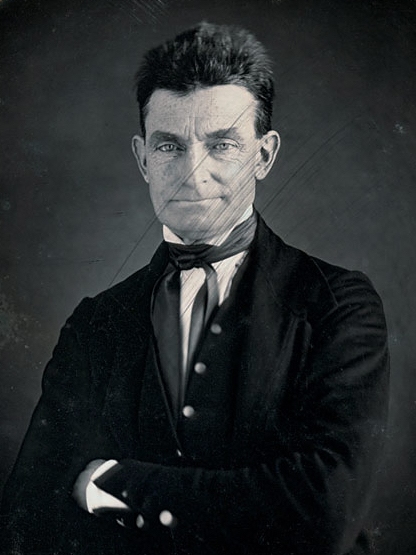
I’ve always been moved by the story of John Brown, a white male abolitionist who sacrificed his life and his children’s lives to free Black people from enslavement. Not only was he a conductor on the Underground Railroad, but he also led raids to free the enslaved and armed them with weapons to protect themselves against their enslavers. He was sadly captured and sentenced to be hanged for inciting a slave insurrection. When John heard his sentence, he said:
“if it is deemed necessary that I should forfeit my life for the furtherance of the ends of justice, and mingle my blood further with the blood of my children and with the blood of millions in this slave country whose rights are disregarded by wicked, cruel, and unjust enactments — I submit; so let it be done!”
Now that was “a supreme effort.”
After speaking with Lex, I was excited to learn that there were other courageous abolitionists like John Brown who understood, as the Baha’i writings say, that racism is “the most vital and challenging issue” confronting the U.S. and emulated “The ceaseless exertions which this issue of paramount importance calls for, the sacrifices it must impose, the care and vigilance it demands, the moral courage and fortitude it requires, [and] the tact and sympathy it necessitates…”
George Boxley
A Virginian named George Boxley, says Lex, “had a plan that was more audacious than John Brown’s.” Lex says that in 1817, Boxley, a “very prominent and rich merchant,” hatched a plan similar to John Brown’s to free the enslaved people of African descent. “He was caught because he was betrayed by somebody who didn’t keep the confidence,” Lex says. Then, on the day of his hanging at a jail cell that still exists, Boxley’s wife brought him a nail file in a slice of cake. He cut himself out, and he and his wife escaped to Indiana. Once he reached Indiana, he discovered that many of the Africans he had freed were living there.
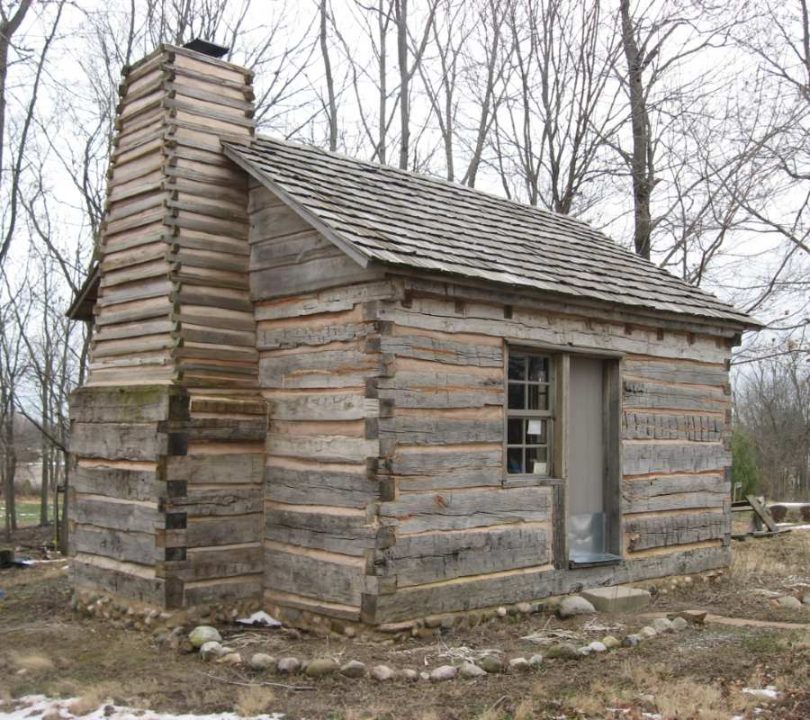
“So, there’s a whole community up there of the people he liberated together with where he eventually took his freedom,” says Lex. “That kind of a story of somebody who put his whole life on the line in the South…”
Lewis Tappan

Lewis Tappan was a Massachusetts-born American merchant, philanthropist, and industrialist who used much of his wealth and resources to end slavery. Abdu’l-Baha, the son of Baha’u’llah and the authorized interpreter of the Baha’i writings, wrote that we all should be “the helpers of every victim of oppression” and “the patrons of the disadvantaged,” and Lewis did exactly that. He helped found the American Anti-Slavery Society in December 1833, helped publish “The Emancipator,” and provided, along with his brother, the financial backing for the establishment of Oberlin College, so black and white students could be educated together in an abolitionist environment. He also advocated for the Africans in the Amistad trials of 1841 by helping them be granted their release. Once they were free, Tappan arranged for their tutoring in English.
In addition, in 1846, Tappan “started the American Missionary Association, which, of course, was interracial,” Lex says. “All these amazing people who joined, who were the African American leaders of the AMA, joined with him to found Howard [University]. The members of the AMA founded around 500 schools across the country,” Lex says. Tappan also understood the importance of demonstrating freedom from racial prejudice and belief in integration in his personal life. “He hated the fact that all the churches would not sit everyone together,” Lex says. “So he would always go and sit in the African American section, and show that this is the standard.”
Lydia Maria Child
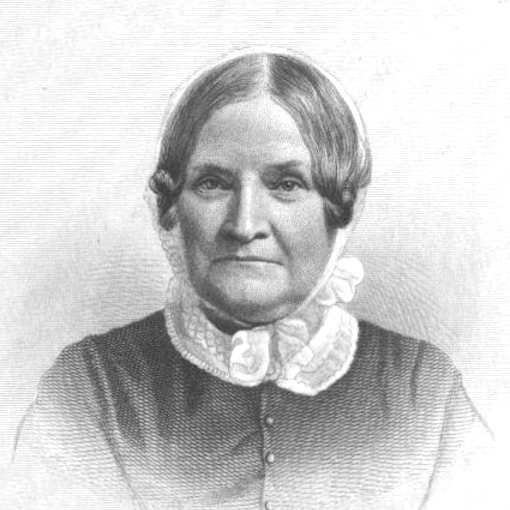
Lydia Maria Child, another Massachusetts native, was a writer who used her literary platform to inspire the public to denounce slavery. In August 1833, she published “An Appeal in Favor of that Class of Americans Called Africans,” which challenged all the economic, historical, and social justifications and prejudicial assumptions that people used to justify slavery at the time. According to the National Abolition Hall of Fame and Museum, this book was the first “anti-slavery work of its kind.” Abolitionists praised Lydia for addressing many issues that were often overlooked, such as “racial prejudice in the North, the particularly difficult position of female slaves in relation to their white masters, and the questions of integration and interracial marriage.”
Of course, her outspokenness against slavery, unfortunately, came at a price. She had to resign from her position as editor of her children’s magazine after many of her readers canceled their subscriptions. Her book, “The Mother’s Book,” suddenly went out of print, and her place of honor in Boston’s literary world was revoked. But she never stopped fighting to end slavery. After the Civil War, she continued to advocate for the rights of Black people, protest the mistreatment of Native Americans, and support the movement for women’s equality.
Gerrit Smith
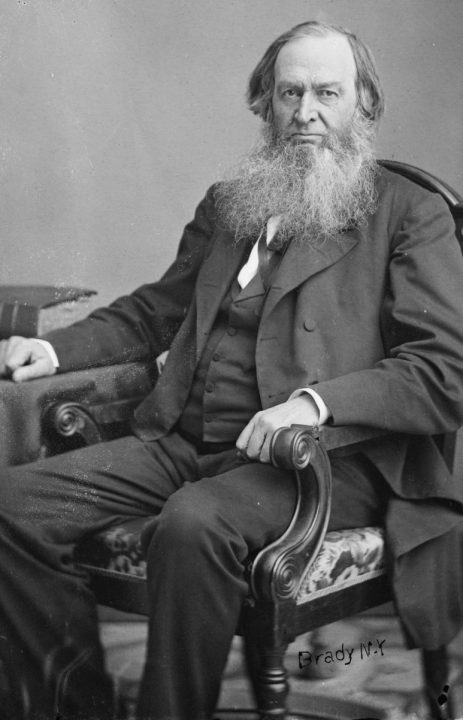
Gerrit Smith was the wealthiest landowner in New York State and believed that God gave him his wealth to aid oppressed people. Baha’is also believe, as Abdu’l-Baha wrote, that “Wealth is praiseworthy in the highest degree, if it is acquired by an individual’s own efforts and the grace of God, in commerce, agriculture, art and industry, and if it be expended for philanthropic purposes.”
Smith purchased enslaved individuals and families directly from enslavers to set them free. He opened his home as a station on the Underground Railroad to house those who escaped from slavery, funded abolitionist newspapers, helped organize many anti-slavery conventions, and paid for abolitionists’ traveling expenses.
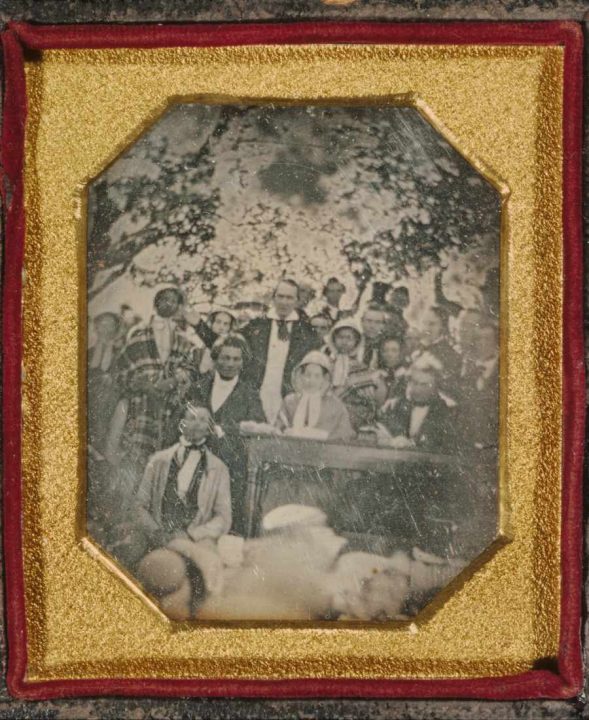
Lex says that to discourage Black people from voting, a law was passed in New York that required Black people to pay $250 to vote at the time, so “Gerrit Smith literally gave 140,000 acres [of land] for 3,000 African American families.” Lex says that Smith actually gave many Black families the reparations, or the “40 acres and a mule,” that enslaved Black people were promised after slavery but never received. John Brown supported this initiative, and Frederick Douglass served as an advisor on this project. According to the National Abolition Hall of Fame and Museum, Gerrit gave away what would be equivalent to approximately $1 billion today in his lifetime to the anti-slavery movement.
Baha’u’llah, the prophet and founder of the Baha’i Faith, wrote, “No light can compare with the light of justice. The establishment of order in the world and the tranquility of the nations depend upon it.”
We should know every one of these stories — stories that provide clear examples of what it looks like to be devoted to justice.
Unfortunately, the United States’ dominant narrative often plays down slavery and Black people’s continued oppression. It also sometimes paints significant abolitionists in a negative light or hides their stories altogether.
All of these courageous individuals were very famous people in their time. But, we aren’t taught about them in school, says Lex, because “The sons and daughters of the confederacy focused on getting on to those textbook committees.” They wanted to hide these stories of white people working for racial justice because these stories amplify the narrative that the Civil War was a war about enslavement. Instead, says Lex, the history these organizations created was that “it was a war about Northern aggression. So, if you have George Boxley, who is from the South wanting to free everybody, that ruins the narrative. If you have stories of Gerrit Smith giving 40 acres and a mule to everybody, then who says it [reparations] is not possible?”
Lex says he continues to investigate the real history and shine a light on these untold stories through his podcast and virtual history tours. His goal is to inspire America “with a vision that we need of not just toleration, but actual racial amity.”
As Shoghi Effendi, the Guardian of the Baha’i Faith, wrote, “Casting away once and for all the fallacious doctrine of racial superiority, with all its attendant evils, confusion, and miseries, and welcoming and encouraging the intermixture of races, and tearing down the barriers that now divide them, they should each endeavor, day and night, to fulfill their particular responsibilities in the common task which so urgently faces them. Let them, while each is attempting to contribute its share to the solution of this perplexing problem, call to mind the warnings of ‘Abdu’l-Bahá, and visualize, while there is yet time, the dire consequences that must follow if this challenging and unhappy situation that faces the entire American nation is not definitely remedied.”
As Lex says, “It’s very important to know that America has the answer — we just need to do it on this greater scale.”


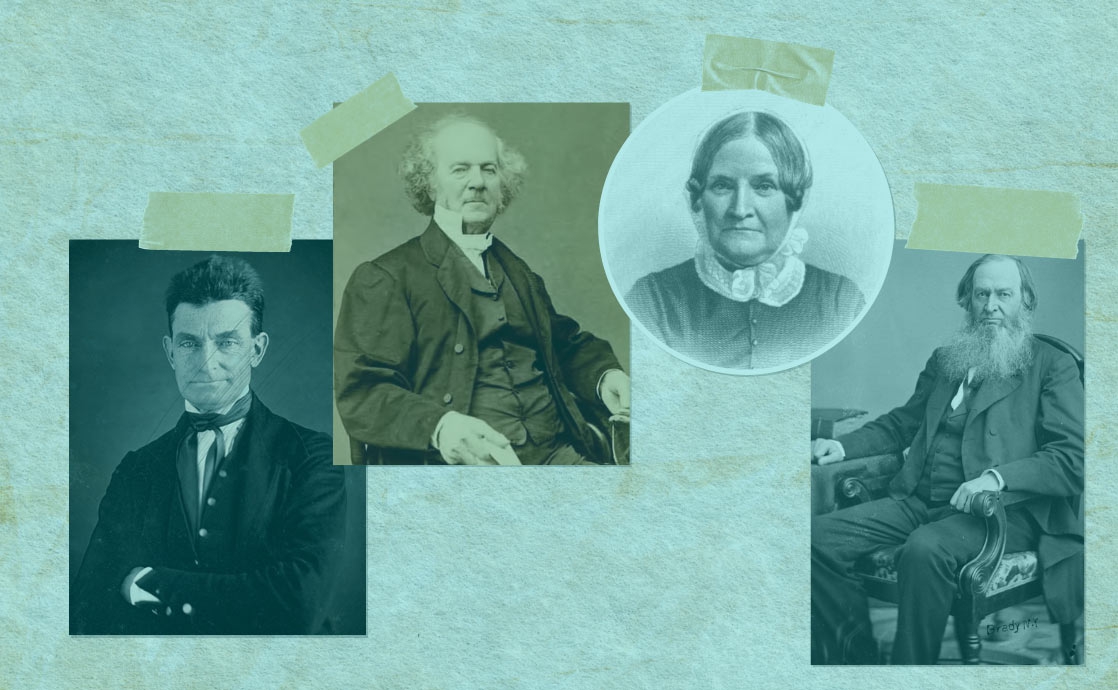


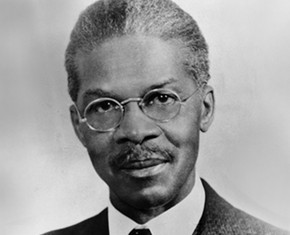










Comments
Sign in or create an account
Continue with Googleor